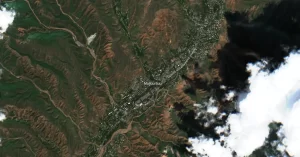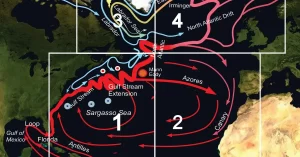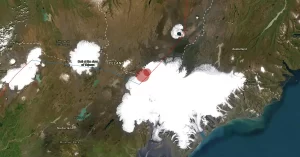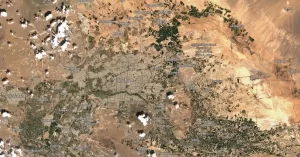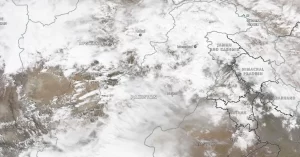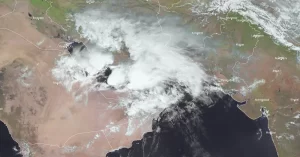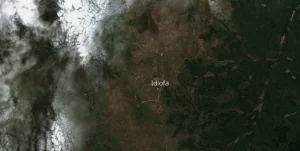Unstable uranium tailings dams in Mailuu-Suu, Kyrgyzstan pose nuclear threat to millions
Recent studies have exposed a critical risk in Kyrgyzstan, where unstable dams holding approximately 700 000 cubic meters (918 000 cubic yards) of uranium mine tailings threaten to unleash a large-scale nuclear disaster on the Fergana Valley, potentially displacing millions and rendering the region uninhabitable.

